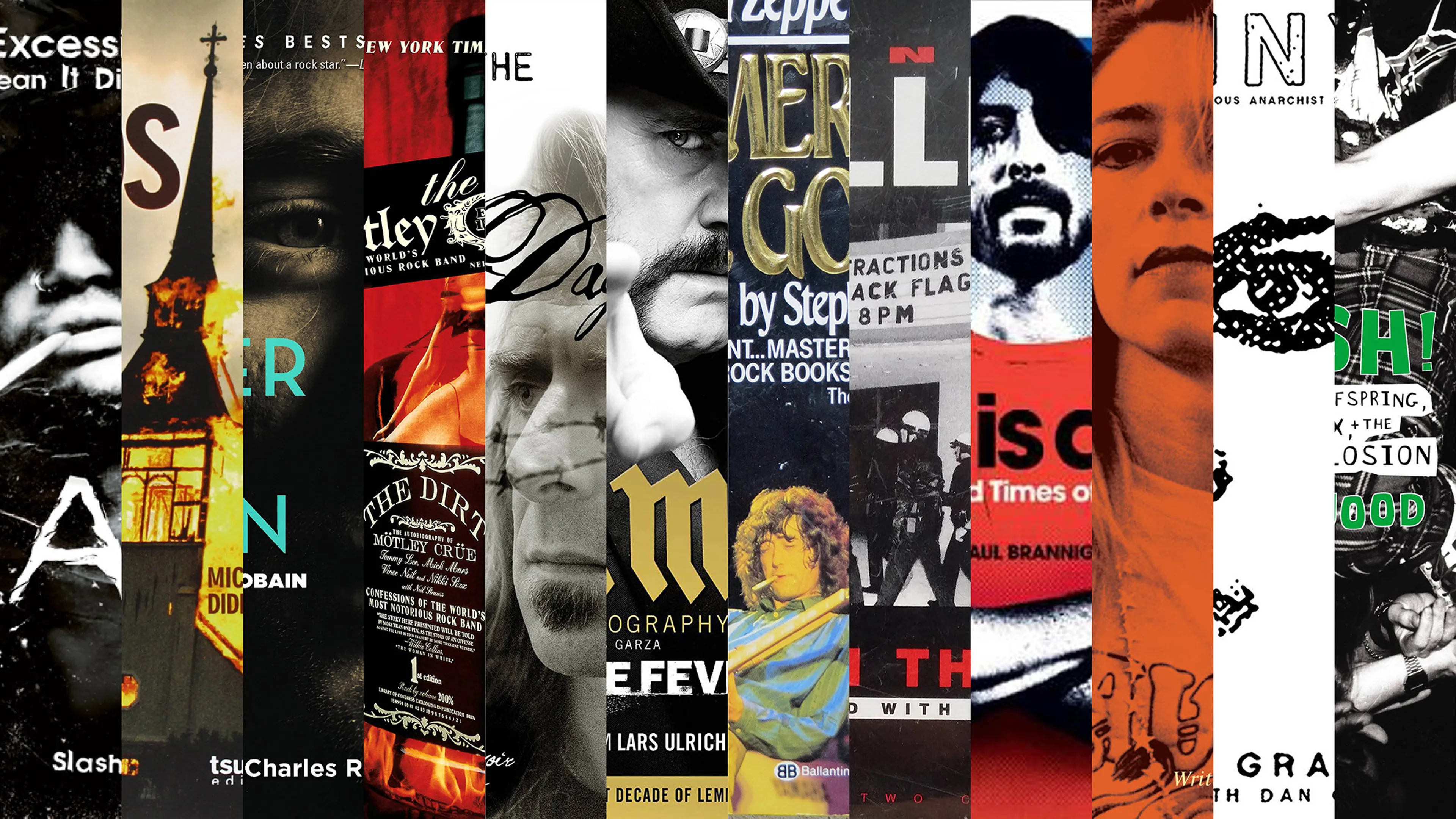The classic. A title that’s become synonymous with the bad-boy rock biography, The Dirt feels like the ultimate chronicle of the genre’s ’80s excess. Looking back now, the idea that Mötley Crüe classics like Wild Side and Girls, Girls, Girls only scratched the surface of their unshackled debauchery seems almost unbelievable. A kaleidoscopic odyssey of booze, drugs, groupies, dealers, cops, tour buses, strip-clubs and car-wrecks, both figurative and literal, it’s a tale that needs to be read to be believed. If you only pick up one rock bio today, probably best to make it this one. Devotees should be sure to grab Nikki Sixx’s bleaker but equally essential 2007 follow-up, The Heroin Diaries, too.
